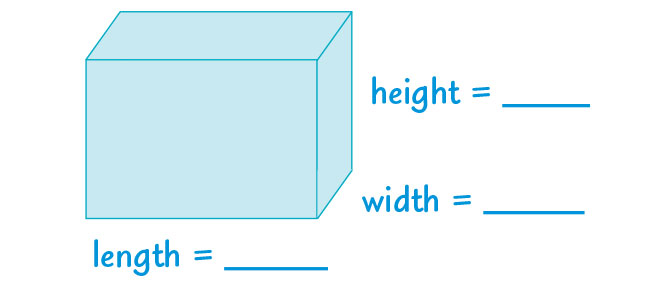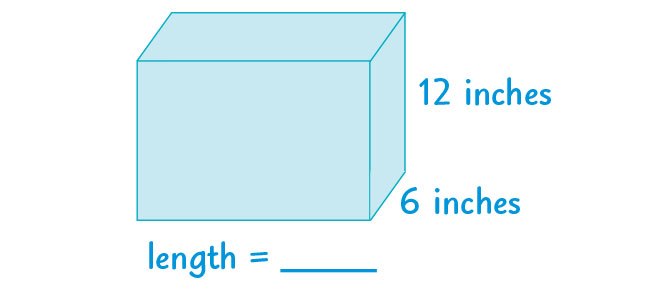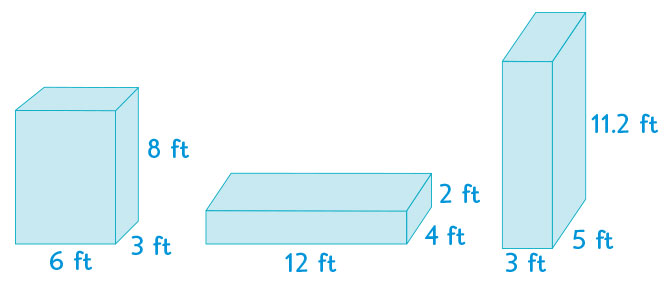In 2013, the endangered White’s seahorses of Australia had almost nowhere to live. During several strong storms, powerful waves scooped up sand from the bottom of the ocean and dumped it on the coral reefs that are the seahorses’ natural home. Help arrived in 2018, when scientist David Harasti built “hotels” for the seahorses along the country’s coast.
“I came up with the idea when I noticed that some lost fishing traps became their own little artificial reefs,” Harasti explains. “Sponges and algae were growing on these traps, and I noticed a few seahorses living in them.” Harasti figured he could provide more homes for seahorses by building similar structures.
The White’s seahorse is an endangered species. These seahorses are found in Australia. But in 2013, they had almost nowhere to live. Several strong storms hit the coast. Powerful waves scooped up sand from the bottom of the ocean. The waves dumped the sand on the coral reefs. The seahorses’ natural home was destroyed. Help arrived in 2018. Scientist David Harasti built “hotels” for the seahorses along the country’s coast.
“I came up with the idea when I noticed that some lost fishing traps became their own little artificial reefs,” Harasti explains. “Sponges and algae were growing on these traps. I noticed a few seahorses living in them.” Harasti figured he could provide more homes for seahorses by building similar structures.



